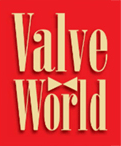3-way reactor switching valves with full intensive heating jacket.
In this month’s exclusive Valve World cover story, we speak with Wolfgang Röhrig, Managing Director and sole partner at OHL Gutermuth to look at how OHL has turned the humble valve into a high-performance, long-life,
climate-enabling powerhouse.
By Lyndsey Denton-Fray, Valve World
In the world of industrial process engineering, valves are usually unacknowledged. They sit between flanges, do their job and sometimes disappear into the background. But at OHL Gutermuth, a German company with roots stretching back over 150 years, valves are anything but ordinary. They are exotic feats of engineering, designed to thrive in sulfuric hellscapes, survive Arctic-like cryogenics and enable breakthrough energy innovations that could help decarbonise entire industries.
At the heart of its portfolio sits a valve that looks and performs like nothing else: the OHL 4-way CDM valve. Designed for some of the harshest chemical environments, this valve is a testament to OHL’s philosophy: that industrial components should not only perform under extreme pressure and temperature but also do so for decades, even generations. But deeper lies the fundament of customer relations and investments in new technologies at OHL, which Wolfgang Röhrig helps describe.
The 4-Way CDM Valve for SRU
In sulphur recovery units (SRUs), where gases like hydrogen sulphide (H2S) and sulphur dioxide (SO2) swirl at temperatures exceeding +450°C, most equipment would quickly corrode, crack or fail. However, the OHL 4-way valve CDM was made to survive.
With a temperature threshold of up to +450°C, which can be higher upon request, and engineered to ISO 5208 Class IV–V tightness, the valve is purpose-built for these hostile conditions. What makes this valve unique is the combination of carefully selected materials, advanced sealing technologies and a unique internal and external heating jacket that prevents sulphur from solidifying, a critical challenge in these environments.
“It’s the result of decades of experience,” says Wolfgang Röhrig, Managing Director and sole partner at OHL Gutermuth. “We’ve been engineering valves for SRU and TGTU systems since the 1970s, and this one was designed specifically to address the limitations of conventional 2-way or 3-way designs in compact SmartSulf® systems.”
SmartSulf®, a more efficient Claus-based process, eliminates the need for tail gas treatment units. This cuts down on footprint, complexity and emissions. But it places unique demands on components like valves, which have to operate flawlessly while reducing the need for human oversight.
To work with SmartSulf®, OHL developed the 4-way CDM, an automated, high-performance valve capable of both shut-off and flow direction in one sleek configuration. It’s already being supplied globally, often right at the heart of SmartSulf® systems, with minimal human intervention thanks to full automation and integration into plant DCS systems. “It’s not just a valve,” Mr Röhrig says. “It’s a high-tech control system in its own right.”
Client engagement and engineered products
Whilst many companies produce products for the market, OHL is producing solutions for its customers. “The customer is telling us, ‘We have a problem, can you help us?’ and we are then looking at how we come up with a solution based on their needs,” explains Mr Röhrig. “This is where I can look and be happy to say we are making specially engineered products and not serial production.”
The success of the 4-way CDM valve is a direct result of OHL’s commitment to its customers. “This valve was actually a requirement from the customer side, which is mostly the case when we are developing things,” explains Mr Röhrig. “Listening and working with what our clients need is a high priority in ensuring quality and satisfaction. We are flexible with making new designs, and we have a fantastic design team and research team to do this.”
Client engagement extends just from the development process all the way to the maintenance service. Some weeks ago, an OHL engineer travelled to South Africa to carry out maintenance at a solar power plant.
“Our valves outlive many of the plants they’re installed in.”
“For us as an industrial valve manufacturer, this service is nothing extraordinary. Providing intensive on-site support is part of our maintenance service.”
Extreme conditions
From jet engine test rigs with gas temperatures of 2000°C to cryogenic gas separation plants operating at -196°C, OHL’s valves are expected to survive and thrive where few others can.
For example, OHL’s marine butterfly valves are built using Titanium, Inconel and Hastelloy alloys that are more at home in spacecraft than in ship hulls. These materials are required because the valves sit at the junction of hot exhaust gases and cold, corrosive seawater. In these environments there is no room for error.
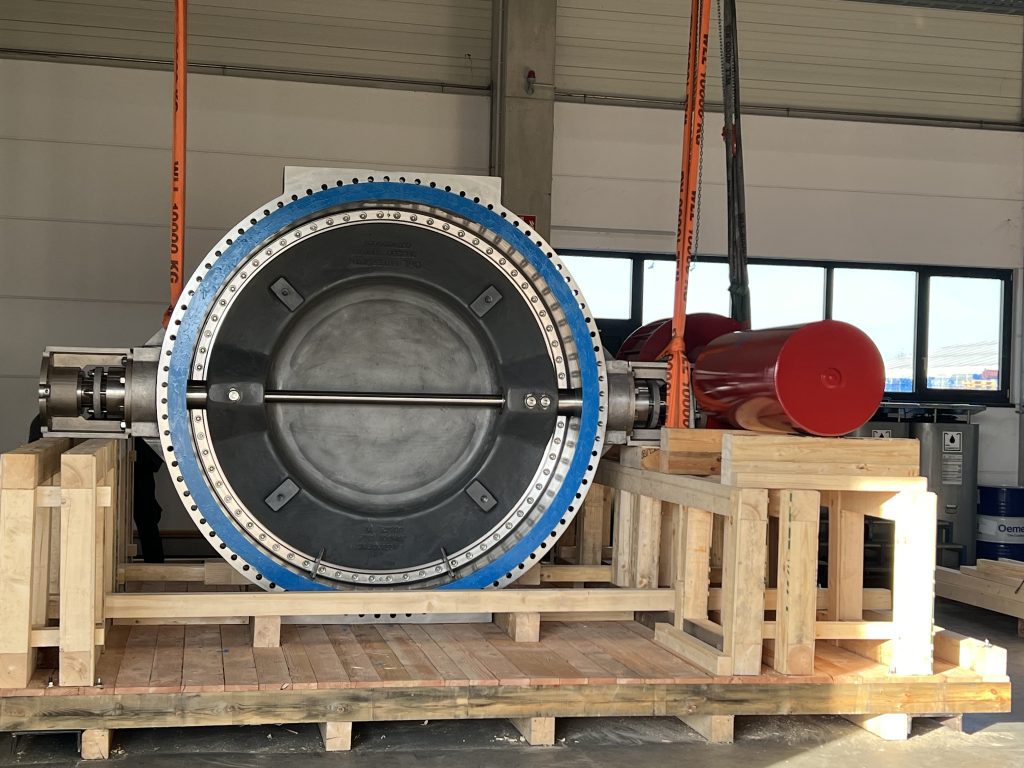
In the recent civil and military marine project, the valves underwent extensive shock and vibration testing, simulating conditions far more severe than any commercial vessel would ever see. “Our valves need to remain fully operational under permanent vibration and sudden impact. In these scenarios, safety comes down to milliseconds,” Mr Röhrig notes. In China’s largest gas field, OHL is supplying high-pressure cryogenic valves that need to remain helium-tight at -196°C, under pressures up to class 900# and diameters up to 42 inches. This requires a deep understanding of material expansion behaviours, especially when different metals have to interact.
“The hardest part is not the individual material,” Mr Röhrig explains. “It’s getting the entire system, seals, flanges, stems, to behave consistently under extreme thermal contraction and expansion. That’s our niche.”
The longevity legacy
One of OHL’s most remarkable achievements is the longevity of its products: valves that last more than 50 years in continuous industrial service. This is not theoretical but a documented reality. In the 1970s, OHL supplied shut-off valves to a Canadian natural gas processing plant. Those same valves remained in use until just a couple of years ago. Similar longevity has been documented in India, where valves installed at Reliance Industries’ Jamnagar refinery in the 1990s are still going strong.
“Our design philosophy is centred on repairability,” says Mr Röhrig. “Every valve we build can be disassembled, refurbished and put back into service. That’s how we enable not just performance but true sustainability.”
In an era where ‘net-zero’ has become a buzzword, OHL’s approach is about emphasising quality over disposability. Creating such quality and long-lasting products ensures fewer replacements, lower total cost for customers and reduced material usage.
“There’s a reason some of our customers stay with us for decades,” Mr Röhrig adds. “Our valves outlive many of the plants they’re installed in.”
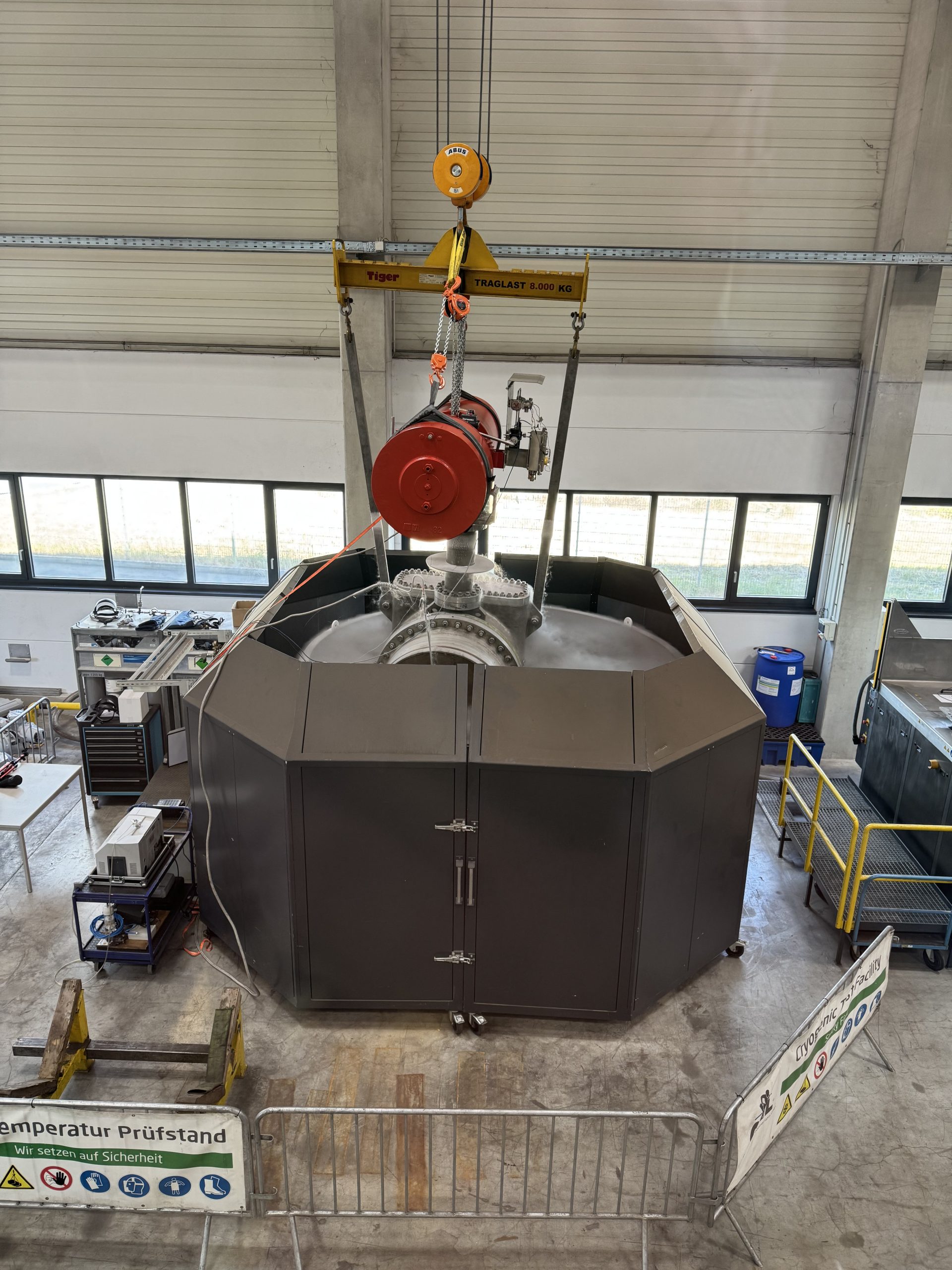
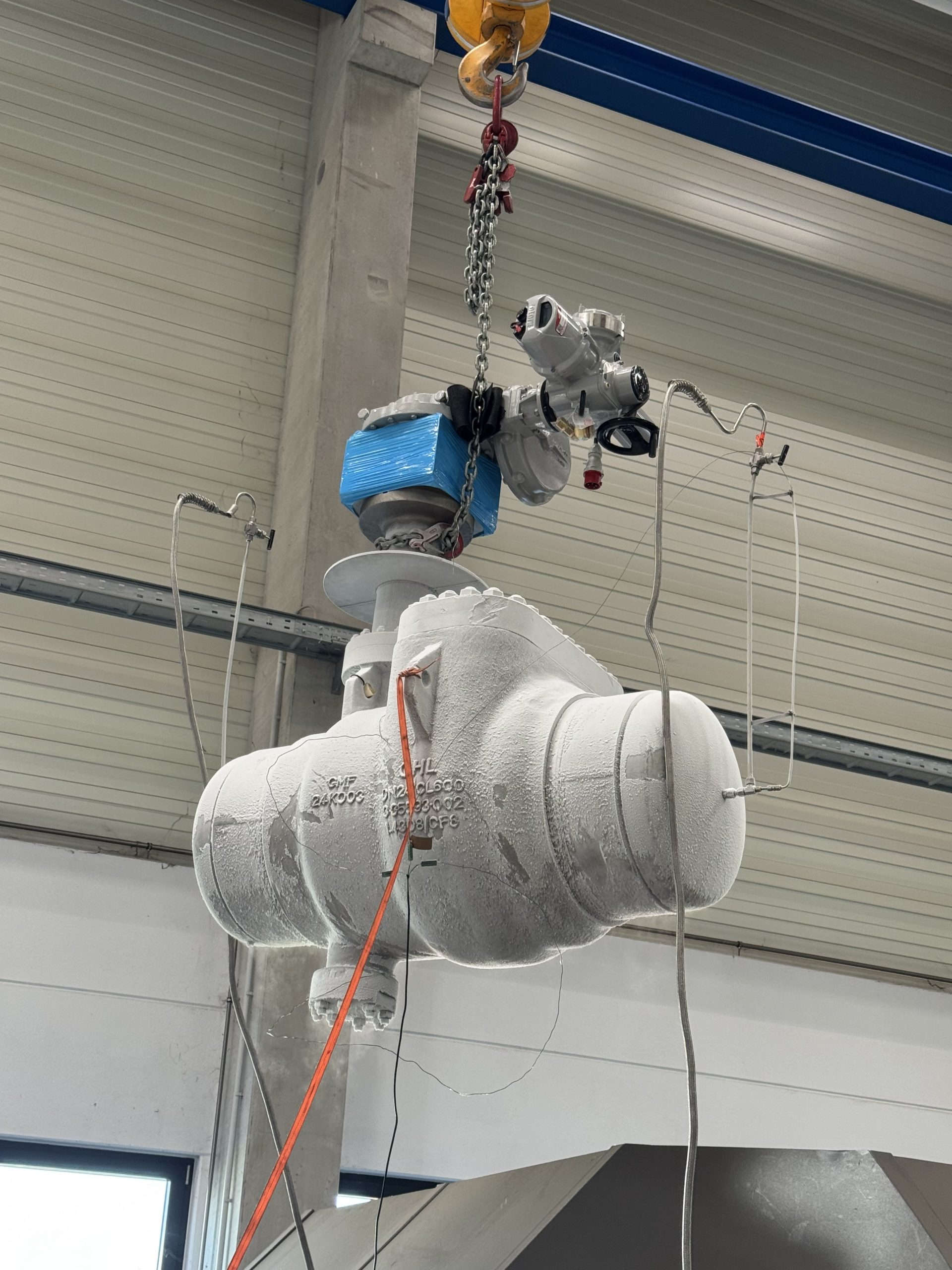
Green transitions and technologies
OHL is helping drive the next wave of energy transformation, from green hydrogen to solar aviation fuels. OHL has played a pivotal role in the world’s largest Concentrated Solar Power (CSP) plant in Dubai. In this installation, sunlight is concentrated to create temperatures as high as 1000°C, which is then used as process heat to power reactors or generate steam.
More recently, OHL valves were used in the first Swiss pilot plant producing synthetic aviation fuel using solar energy and atmospheric CO2. The process, which is a combination of solar thermochemistry and biomass inputs, is seen as a promising route to decarbonise aviation and shipping.
To handle the challenges of Sustainable Aviation Fuel (SAF) production, OHL developed high-temperature shut-off valves that maintain metal-to-metal tightness at up to 1500°C. This is an extreme service for valves designed for tight shut-off and reliability over multiple cycles.
“We developed our first solar fuel valve almost 20 years ago,” explains Mr Röhrig. “Now, with the push for sustainable kerosene and SAF blending mandates, these technologies are becoming commercially relevant.”
To add further to its projects, OHL have also designed special anti-surge valves for the safe shut off and control of steam turbines. With working temperatures up to 600 degrees centigrade and pressures up to 56 bars, safety is paramount. This of course has been taken into account, with the valve being equipped with a safe function and quick closing of 0.2 seconds and verified with a hydraulic spring return actuator and further specific accessories. For this valve, sizes range up to DN 800 ANSI class 900#.
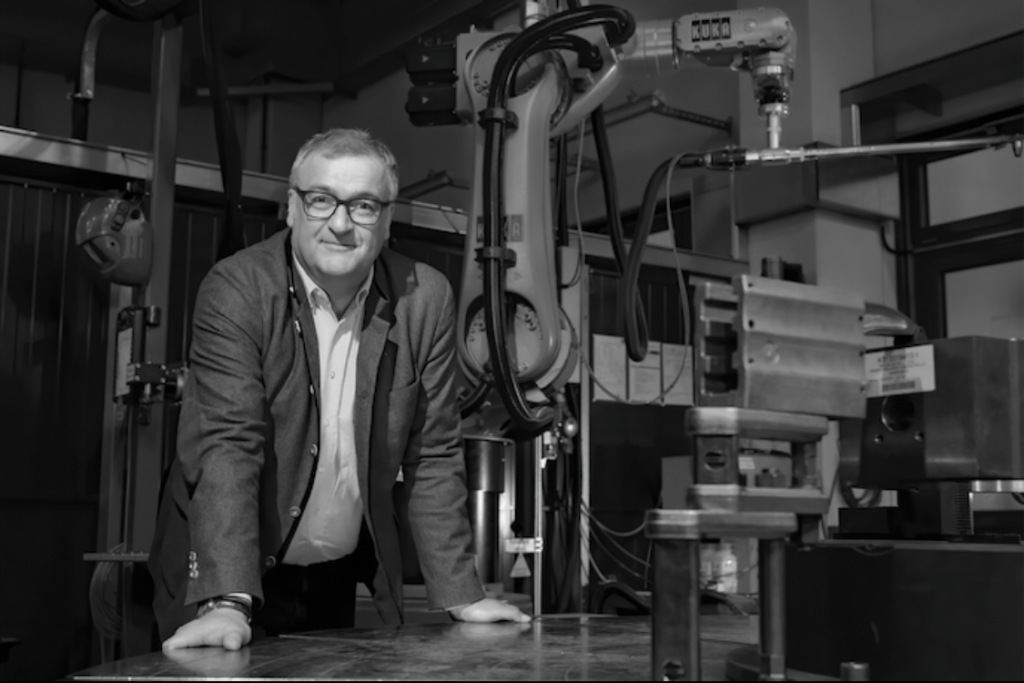
New machining centres and certifications
Back in Altenstadt, the company has invested heavily in new machining centres and custom test rigs, reducing production times by 30% and minimising error-prone re-clamping operations. This has resulted in faster turnaround, tighter tolerances and even greater product quality. “It’s a necessary evolution,” says Mr Röhrig.
“We’re producing in central Germany, not a low-cost country. That means we compete through precision, not price. Our people, our machines and our experience make that possible.”
OHL also maintains one of the most comprehensive certification portfolios in the industry, including ISO 9001, ISO 14001, PED, API, CRN, TRCU, TSG, and SIL. The SIL certification proved to be something special. This certification was for OHL’s butterfly valves with metal and soft seats, with the reliability being determined by a long-term ‘proven in use’ study in collaboration with a renowned university. The company was also among the first to meet Germany’s strict TA Luft emissions requirements and continues to pioneer in safety and environmental compliance.
“We don’t wait for regulations to force change,” Mr Röhrig says. “We aim to be ahead of them.”
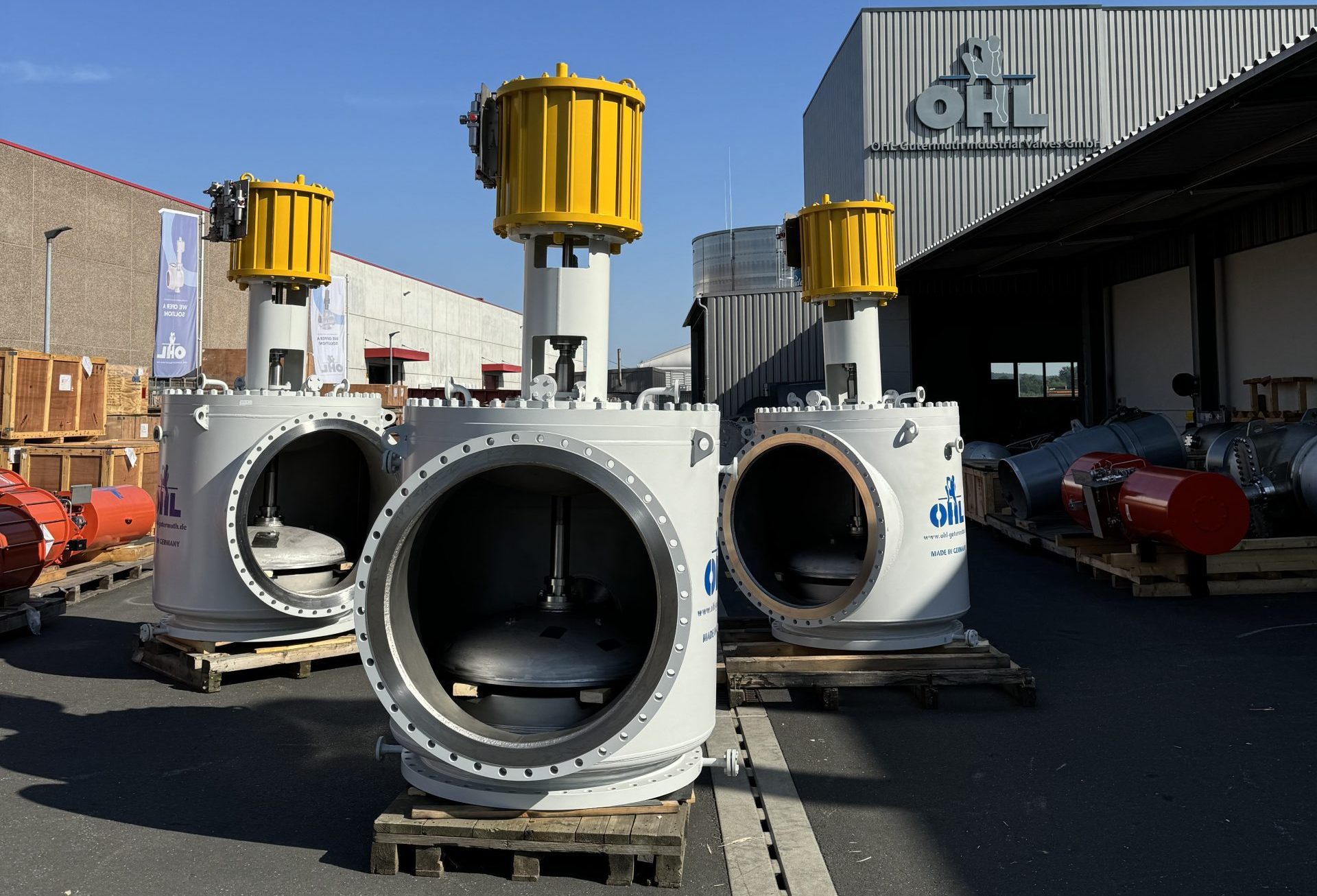
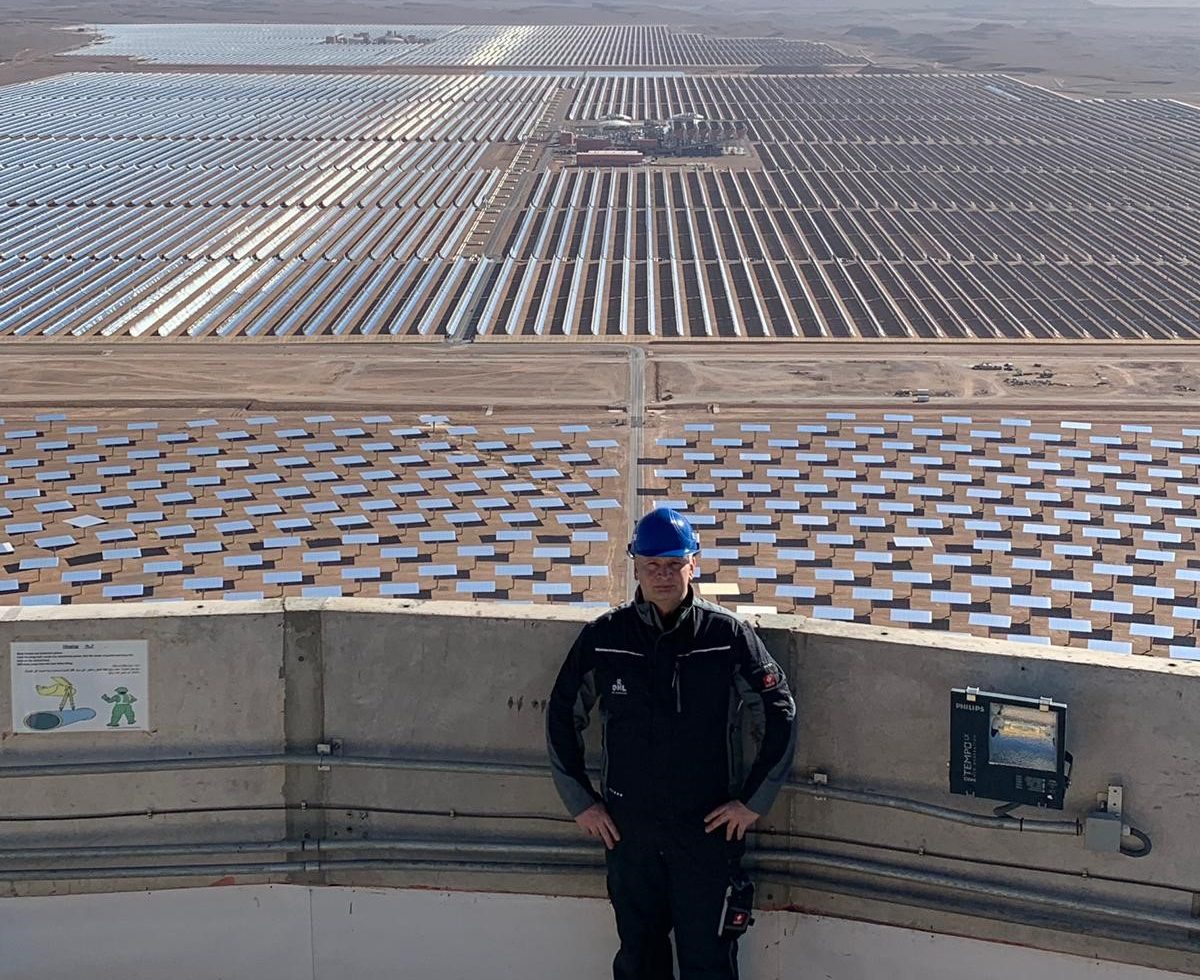
Thinking back and looking ahead
At a glance, the OHL 4-way valve might seem like a niche product, and that it is, but the bigger picture is also important. This valve and the technology behind such products are what is leading to better decarbonisation and industrial safety.
In a world increasingly dependent on energy efficiency, emissions reduction and long-term performance, OHL is showing that durability is sustainability, and that extreme engineering can also be green engineering.
Dive Deeper into Valve World
Enjoyed this featured article from our August 2025 magazine? There’s much more to discover! Subscribe to Valve World Magazine and gain access to:
- Advanced industry insights
- Expert analysis and case studies
- Exclusive interviews with valve innovators
Available in print and digital formats.
Breaking news: Digital subscriptions now FREE!
Join our thriving community of valve professionals. Have a story to share? Your expertise could be featured next – online and in print.
“Every week we share a new Featured Story with our Valve World community. Join us and let’s share your Featured Story on Valve World online and in print.”
